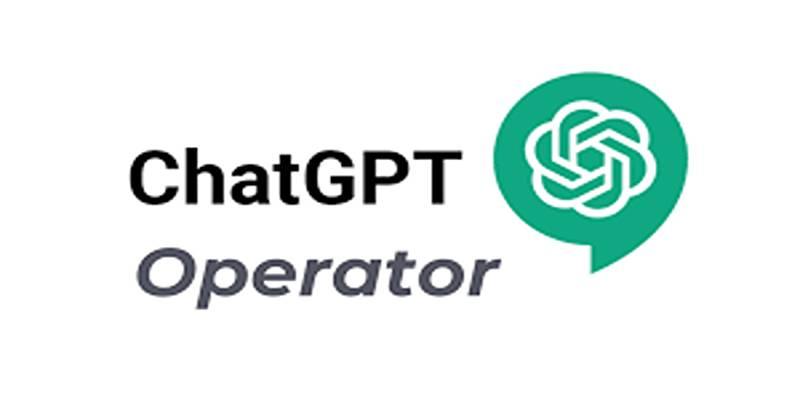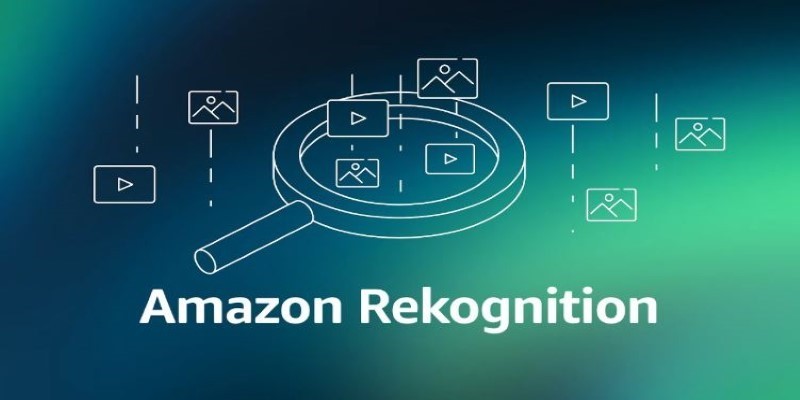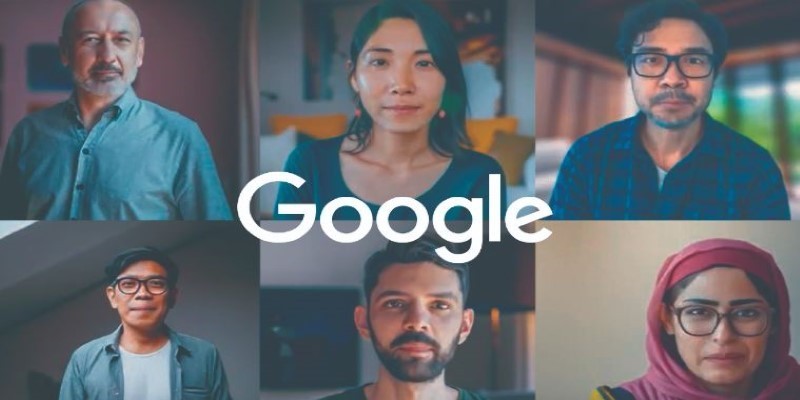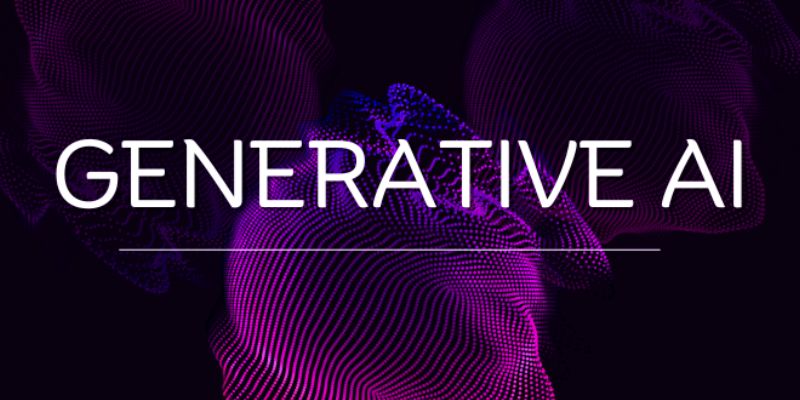Artificial intelligence has gradually moved from an experimental concept to an integral part of daily life. From powering search engines to enabling intelligent chat conversations, AI has become embedded in how people communicate, research, and work. Now, OpenAI is redefining how users interact with AI by introducing Operator, a groundbreaking autonomous agent designed to act on a user’s behalf—not just provide information.
Launched in early 2025 as a Pro-tier feature within ChatGPT, Operator signifies a shift in AI from reactive assistance to proactive task execution. Where traditional AI chatbots wait for instructions and offer answers or suggestions, the Operator moves forward into a new era where AI can do the work for you.
What Makes Operator a Game-Changer in Everyday AI Tasks
Operator is an AI agent built by OpenAI to perform real-world tasks autonomously across the web. Rather than simply responding with information or generating text, the Operator can open a browser, click through websites, fill out forms, navigate pages, and complete complex online workflows. This functionality positions it as a “doer” rather than just a digital assistant.
This new agent isn't just designed for answering queries like traditional ChatGPT—it can be instructed to complete entire tasks based on brief prompts. For example, instead of asking, “How can I make a restaurant reservation?”, a user can now say, “Book a table for two at an Italian restaurant downtown this Saturday at 7 PM,” and the Operator will begin executing that task directly.
By combining OpenAI’s powerful language model capabilities with autonomous task execution, Operator sets the stage for what AI agents can truly become: hands-on helpers in digital environments.
How Operator Works?

The operator leverages the same core GPT model architecture behind ChatGPT but adds a significant new layer of functionality: a simulated browser environment. It allows the AI to see a web interface, interact with elements on the screen, and mimic the actions of a human using a keyboard and mouse.
When a task is assigned, the Operator interprets the instruction and opens a virtual browser to begin performing the task. It “reads” content visually through screenshots and understands what’s on the screen in real-time. From there, it can take logical actions—like scrolling, clicking, typing, or selecting options in forms.
For example, if a user instructs the Operator to find and purchase a book, the agent will:
- Search for the book online.
- Open a listing from a trusted online retailer.
- Add the book to a shopping cart.
- Navigate to checkout (though final purchase confirmation remains in the user’s hands).
Operators don’t rely on APIs or third-party integrations to access websites. It works within the same browser environment that any human would, which means it can navigate a wide range of websites without needing special access or customized support.
Why Operator Is a Breakthrough?
What makes Operator a compelling evolution in AI is its ability to act independently, following through on multi-step tasks that previously required the user’s constant attention. While older versions of ChatGPT could assist with explanations or generate content to paste elsewhere, they couldn’t carry out tasks. Operator changes that.
This change is about more than convenience—it’s a signal of a broader transformation in how AI can directly handle digital workloads. For instance:
- Users no longer need to switch between tabs and copy-paste answers from ChatGPT.
- Operators can move from query to action in a single flow.
- The AI can adjust mid-task, adapting based on the webpage’s layout and user instructions.
- It completes tasks more efficiently than a user might by cutting out unnecessary steps.
It makes Operator not only useful for personal tasks but also a promising assistant for busy professionals, entrepreneurs, and digital workers looking to streamline repetitive online chores.
Custom Instructions and Multitasking
The operator also allows users to provide custom instructions, which helps guide their behavior during a task. For example, users can specify:
- Budget limits
- Product preferences (e.g., "only vegan options")
- Brand Restrictions
- Scheduling windows
These extra inputs help shape how the Operator approaches a task, making the outcome more aligned with user expectations.
Another standout feature is the Operator’s ability to handle multiple tasks at once. It can simultaneously book a flight while searching for nearby hotel deals or place a grocery order while filling out a form—all within a managed task queue. This multitasking capability is particularly valuable for professionals and busy users who often juggle numerous responsibilities.
Who Can Use Operator and How?

As of now, Operator is available exclusively to ChatGPT Pro subscribers as part of a research preview. This Pro tier, introduced in late 2024, costs $200 per month and is targeted at early adopters and professionals who rely heavily on AI-powered tools.
Once the Pro plan is active, users can access Operator within the ChatGPT interface. Assigning a task is as simple as typing a natural language prompt. The AI will acknowledge the task, open a browser window within the platform, and start working.
Importantly, the Operator is designed to work collaboratively. If it encounters a barrier—such as a CAPTCHA, login screen, or sensitive input like payment information—it returns control to the user. This approach balances autonomy with user oversight, keeping the process safe and reliable. OpenAI has announced plans to expand Operator access to other ChatGPT tiers in the future, including Plus, Team, and Enterprise users. A wider rollout is expected later in 2025.
Conclusion
OpenAI’s new Operator AI agent is more than an add-on—it’s a defining moment in the evolution of artificial intelligence. By allowing users to delegate digital tasks, the Operator moves AI beyond conversation and into the realm of actionable autonomy.
It represents a shift in how people use ChatGPT—from a question-and-answer machine to a capable assistant that takes initiative. While access is currently limited to Pro users, the future of AI looks increasingly interactive and task-oriented.











